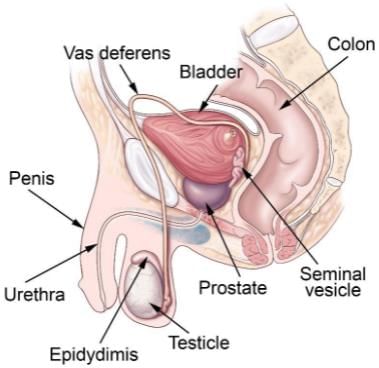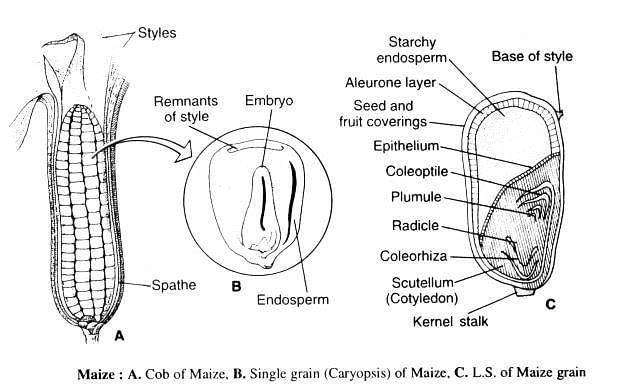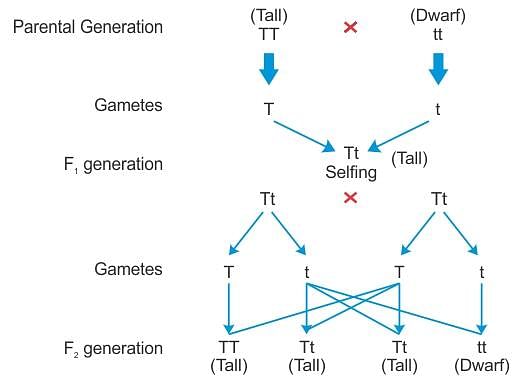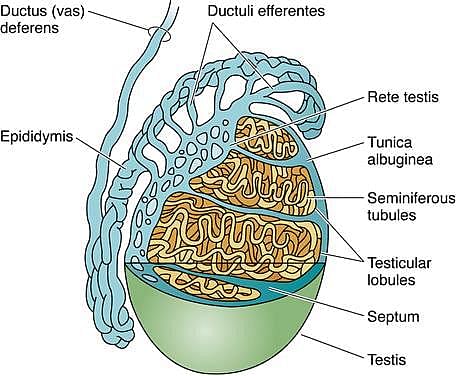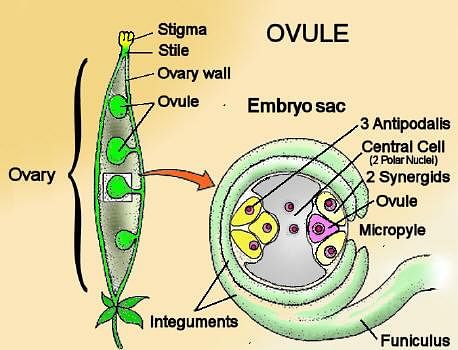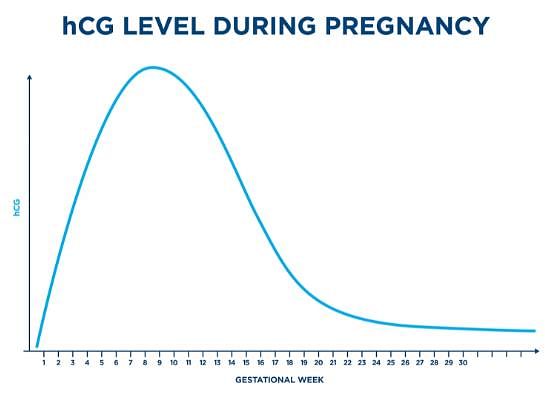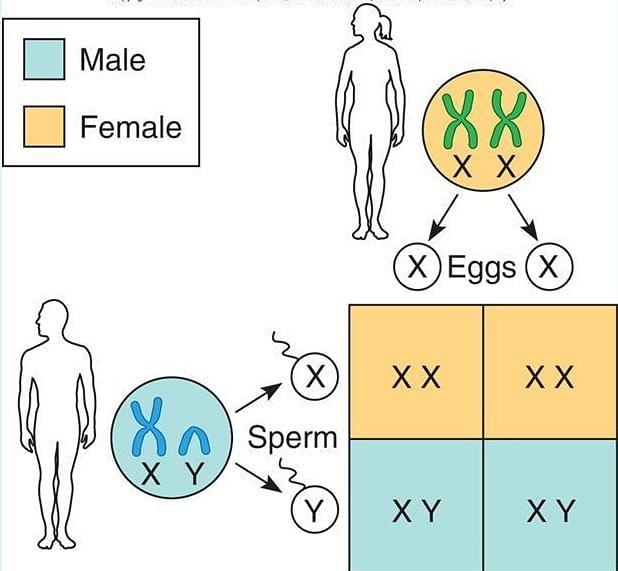Biology: Topic-wise Test- 7 - NEET MCQ
30 Questions MCQ Test NEET Mock Test Series 2025 - Biology: Topic-wise Test- 7
Given below are two statements: one is labelled as Assertion (A) and the other is labelled as Reason (R).
Assertion (A) : When a particular restriction enzyme cuts strand of DNA, overhanging stretches or sticky ends are formed.
Reason (R) : Some restriction enzymes cut the strand of DNA a little away from the centre of palindromic site.
In the light of the above statements, choose the correct answer from the options given below :
In which of the following microbes are not used extensively?
I. Converting milk into curd.
II. Making cheese of different flavour and taste.
III. Production of anti-viral drugs.
IV. Production of antibiotics.
V. As bio-fertilizers.
VI. Production of inorganic fertilizers.
I. Converting milk into curd.
II. Making cheese of different flavour and taste.
III. Production of anti-viral drugs.
IV. Production of antibiotics.
V. As bio-fertilizers.
VI. Production of inorganic fertilizers.
The external genitalia of human female is called as _________.
Which of the following bacterium produces butyric acid?
The cotyledon of maize grain is technically called as?
Filiform apparatus present at micropylar part of the Synergids help in:
In most of the angiosperms, pollen grains are shed at _________.
The _________ is the sexual intercourse between male and female sex.
Which of the following is correct sequence of process of recombinant DNA technology-
i. Isolation of DNA
ii. Isolation of desired DNA fragment.
iii. Fragmentation of DNA by restriction endonuclease.
iv. Transferring of into host
v. Ligation of DNA fragment into vector
vi. Culturing in host cell to get desired product.
Material used for conducting experiments on genetic traits by Mendel was _________.
Which of the following statements is true about DNA replication?
Each testes has about 250 compartments called as _________.
Which of the following is not a desirable feature of a cloning vector?
Inside the ovary, the ovule is attached to the placenta by means of:
Statement I: DNA finger printing is highly reliable method of identification of individual involved in crimes.
Statement II: DNA a fingerprinting is a sure method in solving paternity and maternity disputes.
Statement III: DNA fingerprinting can be used to cure HIV infection.
Which of the following crops has been developed by genetic engineering in India?
Which of the following hormone is produced in female only during pregnancy?
Interstitial cells or leydig cells are present between _________.
Which of the following is an aerobic nitrogen-fixing bacterium?
On which of the following factors does the type of gas produced depend?
Given below are two statements : one is labelled as Assertion (A) and the other is labelled as Reason (R).
Assertion (A) : Polymerase chain reaction is used in DNA amplification.
Reason (R) : The ampicillin resistant gene is used as a selectable marker to check transformation.
In the light of the above statements, choose the correct answer from the options given below :
In human beings, if ovum fertilizes with a sperm carrying X-chromosome, the zygote develops into _________.
|
1 videos|26 docs|111 tests
|



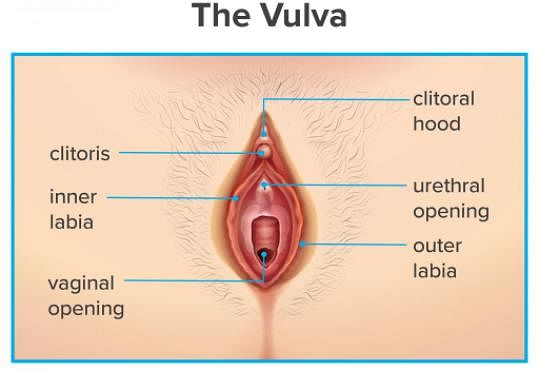
![SOLVED] What will be the ratio of tall and dwarf plants in the - Self Study 365](https://edurev.gumlet.io/ApplicationImages/Temp/6b6380c6-c572-47ff-b447-e7f8f4bcfd3c_lg.jpg)
